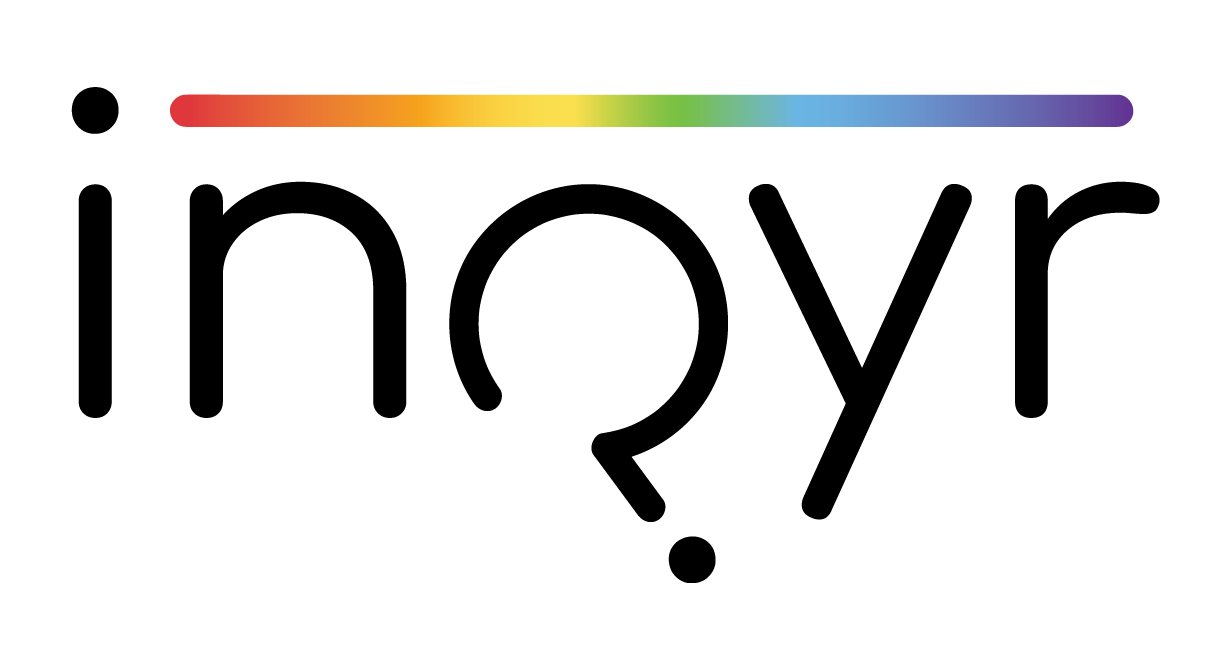“Like picking up a seed, but you haven’t planted it”: Queer youth analyze the It Gets Better Project
Craig, S. L., McInroy, L., Alaggia, R., & McCready, L. (2014). “Like picking up a seed, but you haven’t planted it”: Queer youth analyze the It Gets Better Project. International Journal of Child, Youth and Family Studies, 1, 204–219. https://doi.org/10.18357/ijcyfs.craigsl.512014
Highlights
Background
The It Gets Better Project (IGBP) is an online video campaign created in 2010 by author/activist Dan Savage and his partner Terry Miller in response to the high-profile suicides of several male adolescents bullied for being, or perceived as being, gay in the U.S. that fall.
Study Description
The purpose of this study was to solicit input from LGBTQ youth (n = 19; Mage = 19.47, SD) about the strengths, limitations, and influence of an online video project focused on suicide prevention, the IGBP
In-depth interviews were conducted using a grounded theory approach, and participant responses were analyzed using ATLAS.ti.6.7.
Participant Demographics
Sexual Orientation: lesbian (21%), gay (32%), bisexual (11%), queer (5%), polysexual (5%), or using multiple terms (26%)
Race: White (74%), Black (5%), Asian (5%), or multi-racial (i.e., Black/White, Black/Asian, and White/South Asian, 16%)
Ethnicity: 16% of participants identified as ethnically Jewish, while 16% identified as Hispanic
Gender: cisgender-woman (47%), cisgender-man (32%), transgender-man (16%), and genderqueer (5%).
Key Findings
Participants indicated that they perceived the IGBP as a positive start towards change, with the project raising awareness to the concerning issue of LGBTQ youth vulnerability for increased suicidality
However, they also identified flaws with the content and focus of the project, indicating the campaign requires significant further development (e.g., creating opportunities to give youth a voice; increasing representation of transgender youth) to build on suicide awareness and provide tangible resources to youth at risk of suicide instead of pointing them towards a future without any support in the present

